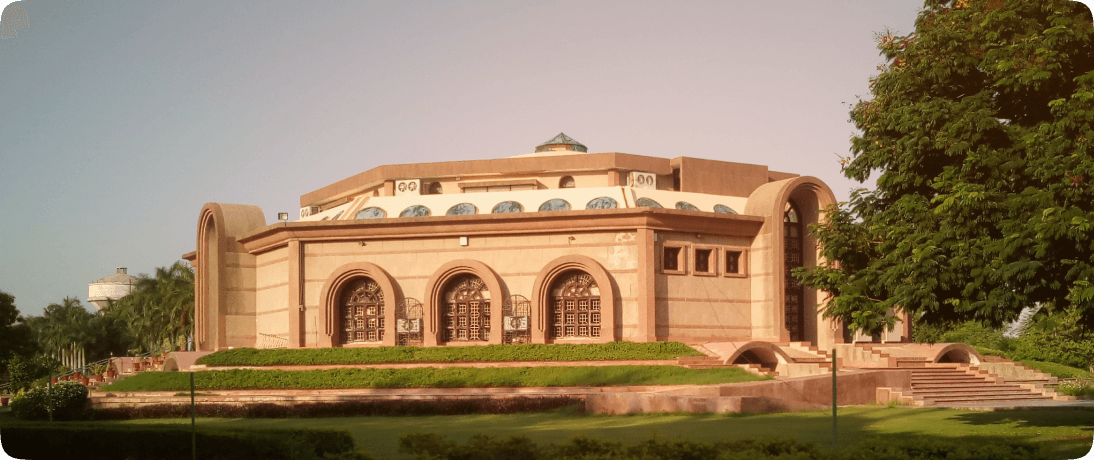Welcome to Chha Gam Nagrik Mandal - UK
 About Vaso
About Vaso
A Journey Through History
Vaso was established in the Indian Calendar Year 1224 (1168 CE) by Vaccha Patel, a visionary leader who named the village after a temple already present in the area. His descendants, Aju and Lalji, became powerful landowners. With their growing influence and the support of a private army, they asserted control over neighboring territories.
In recognition of their bravery and leadership, they were honored with the title Amin—a title that became a hallmark of Vaso's history and pride. Similar titles, such as Desai, were granted to other Patidar families in Nadiad who served under the Gaekwad Kingdom of Baroda.
- Cultural Heritage - The Darbar Haveli:
Vaso is home to a historic Haveli owned by the Darbar family, whose ancestors were gifted several villages by a ruler from Saurashtra in appreciation of their valiant service. While these gifted villages were far from Vaso, the Darbar family's base remained here, and their Haveli is now a protected heritage building, showcasing the aristocratic and cultural legacy of the village. - The Khadkis of Vaso - Lineages of Legacy:
Vaso was traditionally divided into Khadkis—residential clusters representing major family lineages. These Khadkis were not only geographical divisions but also pillars of community organization, social responsibility, and cultural continuity.
They often had their own entrance, central space for communal gatherings, and strong inter-family bonds. Social decisions, festivals, and even dispute resolutions often began within the Khadki before reaching the wider village panch. - Leadership in Social Reform and Education:
Among the Six Gaams, Vaso distinguished itself early on by its commitment to education and progress. It was one of the first villages in the region to form an Education Society (Kelavni Mandal)—laying the foundation for formal learning in Gujarati and English. Vaso often led efforts in establishing social codes, reform policies, and dispute resolution practices, which were later adopted by neighboring villages. The Patidar Panch of Vaso was respected for its fairness and wisdom.
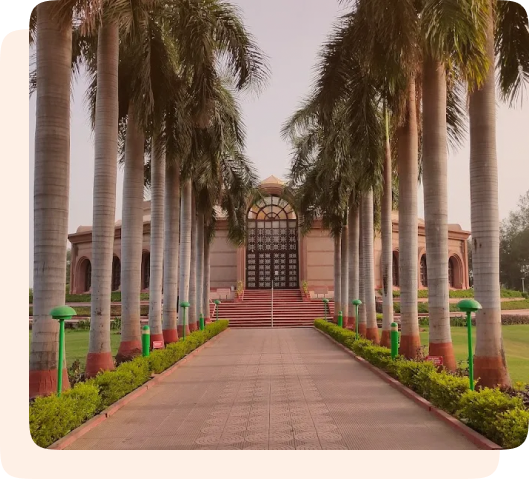
 A Legacy Worth Preserving
A Legacy Worth Preserving
Cultural Significance
Modern Vaso blends tradition with transformation. It is a model for what rural Gujarat can be when driven by unity, education, and global support. Key features include:
Paved roads, internet, clean drinking water, and electricity, Well-maintained primary and secondary schools, A thriving Amul dairy cooperative, Women's self-help groups and growing small businesses, Youth excelling in medicine, engineering, business, IT, and returning to support village development Despite modernization, faith and culture remain strong. Temples continue to be centers of daily worship and community gatherings.
Religious Importance - Festivals and Faith
Vaso celebrates its heritage with devotion and unity. Major festivals include, Navratri, celebrated with traditional Garba and temple lighting, Diwali, where the entire village glows with diyas and rangoli, Janmashtami, marked by bhajans and Krishna Jhankis, Sharad Purnima, a celebration under the full moon with music and unity These festivals bring together not just residents but Vasovasis from across the globe, creating a deep sense of belonging.
Traditional Khadki's of Vaso
- Vallabhbhaini Khadki:
Named after Vallabhbhai, a respected elder known for his spiritual insight and social leadership. - Gokalbhaini Khadki:
Associated with agricultural development; descendants contributed to land cultivation and irrigation. - Vrajbhukhabdasni Khadki:
Home to generations involved in religious and educational service. - Vanarasidasni Khadki:
Known for early involvement in trade and community finance. - Bhagwandas Pragdasni Khadki:
Produced scholars and spiritual leaders who shaped local bhajan mandals. - Laljibhaini Khadki:
Connected to Lalji, one of Vaso's most influential ancestors; known for community organization. - Kozaidasni Khadki:
A family line known for wisdom, often called to mediate village disputes. - Gangjibhai Savdasni Khadki:
Strong lineage of teachers and community reformers. - Haijpara ni Khadki:
Located near the outer limits of the village; known for strong agricultural roots. - Bhaishah Khodidasni Khadki:
The family here had many early migrants who settled abroad, especially in Africa and the UK. - Panchpatiya ni Khadki:
Believed to be made up of five primary family lines; known for their organized community efforts. - Jogidas ni Khadki:
Named after Jogidas, a respected elder who served on early village Panch committees.
These Khadkis remain symbolic of unity and legacy, and many Vasovasis today can still trace their ancestry back to a particular Khadki.
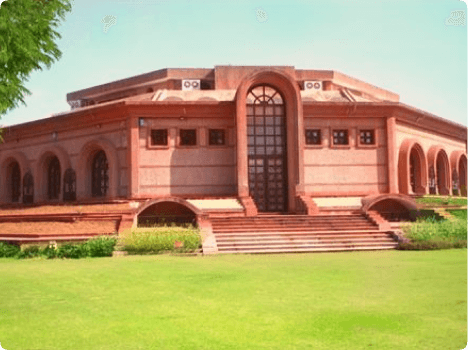
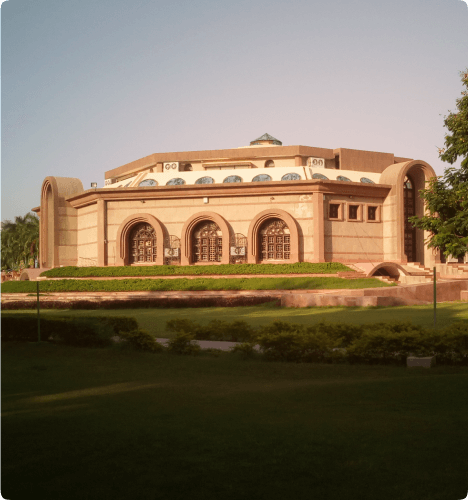
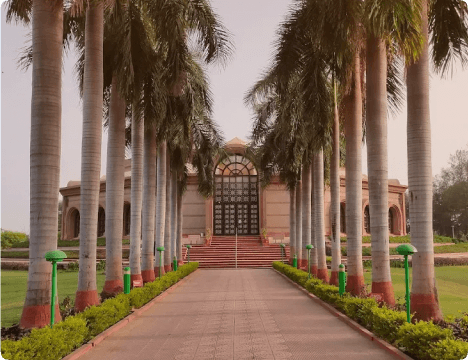
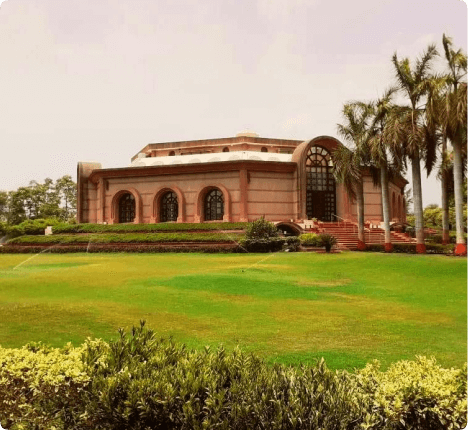
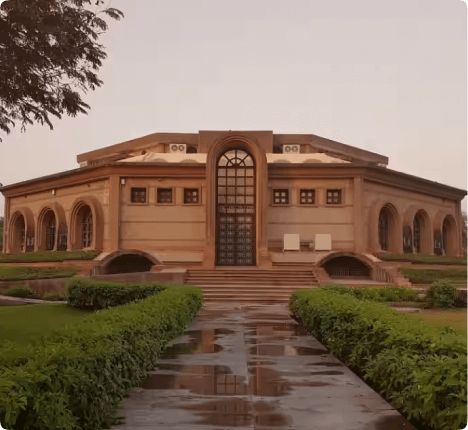
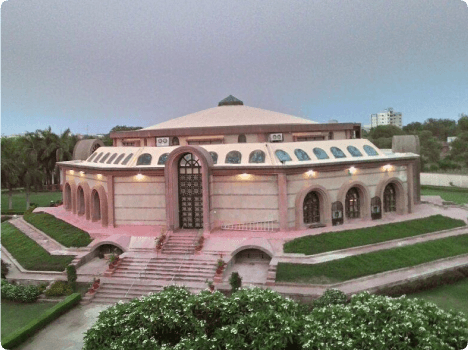
 Milestones of Success
Milestones of Success
Triumphs & Achievements
Modern Vaso blends tradition with transformation. It is a model for what rural Gujarat can be when driven by unity, education, and global support. Key features include,Paved roads, internet, clean drinking water, and electricity,Well-maintained primary and secondary schools,A thriving Amul dairy cooperative,Women's self-help groups and growing small businesses,Youth excelling in medicine, engineering, business, IT, and returning to support village development Despite modernization, faith and culture remain strong. Temples continue to be centers of daily worship and community gatherings.
Havelis of Vaso
Darbar Saheb's Haveli in VASO is a three storey Stately Home built in 19th century A.D. It has a central courtyard with passages. The original entrance is to the north. It has some of the most elaborate carving found in Gujarat.
These indigenous havelis have evolved a collective functionality appropriate to the needs of the joint family system and to the domestic patterns of middle and upper class urban communities in Gujarat.
Education
The journey of our education society starts before 90 years - in the year 1918 by Shri Motibhai Amin - A born teacher of Vaso. He was strongly inspired by the library activities in the former Baroda state. He was a sincere educationalist of Charotar, who established the Vaso Education Society. The Italian educationalist Mrs. Mary Montessori presented the idea of Pre Primary School (Kinder Garden) in 1907. Motibhai was inspired with her idea and he started Montessori Education for the first time in 1915 in the state.
